The housing market has seen its fair share of ups and downs, and in some states, foreclosure rates are rising at an alarming pace. Economic challenges, rising interest rates, and increasing home costs have made it difficult for many homeowners to keep up with mortgage payments. As a result, foreclosure filings have surged in several states, putting pressure on local markets. Below are 11 states where home foreclosures are increasing rapidly and what’s driving the trend.
1. California
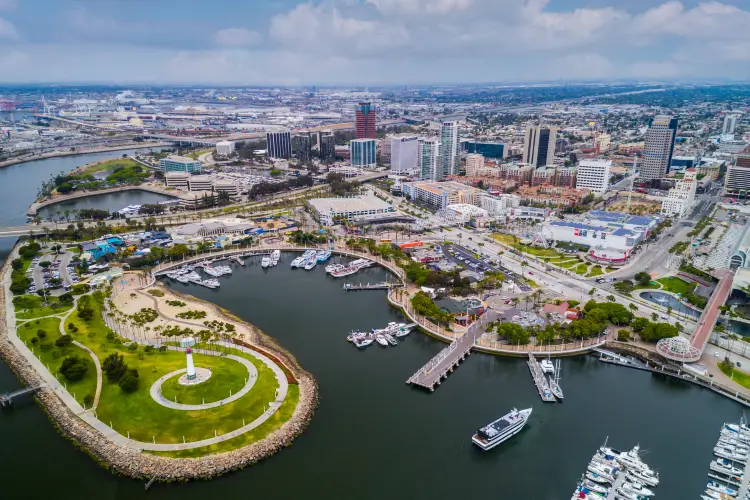
California’s high cost of living and soaring home prices have made it one of the most vulnerable states for foreclosures. Many homeowners who purchased properties during the low-interest period are now struggling with rising mortgage rates. Job losses in the tech sector have also contributed to financial instability, leading to an increase in missed payments. As a result, foreclosure filings have surged, particularly in major cities like Los Angeles and San Francisco.
Additionally, California’s strict rent control laws have squeezed smaller landlords, leading to an uptick in foreclosures among investment properties. With high property taxes and expensive maintenance costs, many homeowners are finding it harder to stay afloat. Some cities have introduced foreclosure prevention programs, but the demand for assistance is overwhelming. Without significant financial relief, foreclosure rates in California are likely to continue rising.
2. Texas

Texas has seen a rapid increase in foreclosures due to rising property taxes and insurance costs. While the state has no income tax, the high cost of homeownership has made it difficult for many residents to keep up with their payments. The recent economic slowdown, particularly in industries like oil and manufacturing, has further strained homeowners. Major cities like Houston, Dallas, and San Antonio have seen some of the highest foreclosure rates in the state.
Many Texas homeowners opted for adjustable-rate mortgages, which have become unaffordable as interest rates climb. The lack of strong foreclosure protections in the state means that lenders can act quickly when homeowners fall behind. Although some assistance programs exist, they often have limited funding and strict eligibility requirements. If home values begin to decline, the foreclosure crisis in Texas could worsen significantly.
3. Florida
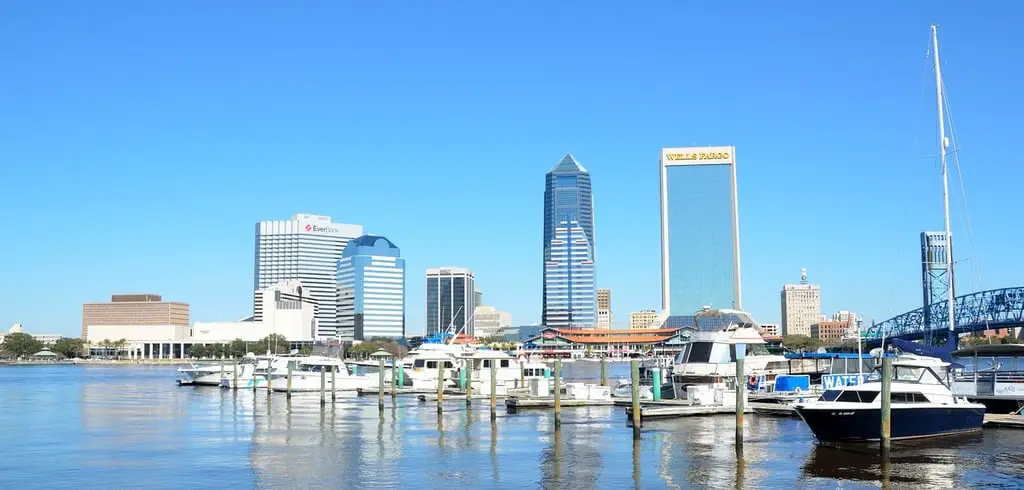
Florida’s housing market has been hit hard by rising insurance premiums and extreme weather events. Homeowners are struggling to afford coverage, and many are falling behind on their mortgage payments as a result. With the state’s large population of retirees, fixed-income homeowners are particularly vulnerable to financial instability. Areas like Miami, Tampa, and Orlando have experienced a sharp increase in foreclosure filings.
The short-term rental boom in Florida has also played a role in rising foreclosures. Many investors who purchased homes for Airbnb-style rentals are now facing lower occupancy rates and higher costs. Some are unable to generate enough income to cover their mortgage payments, leading to defaults. As hurricane season intensifies, more financial strain could push additional homeowners into foreclosure.
4. Illinois
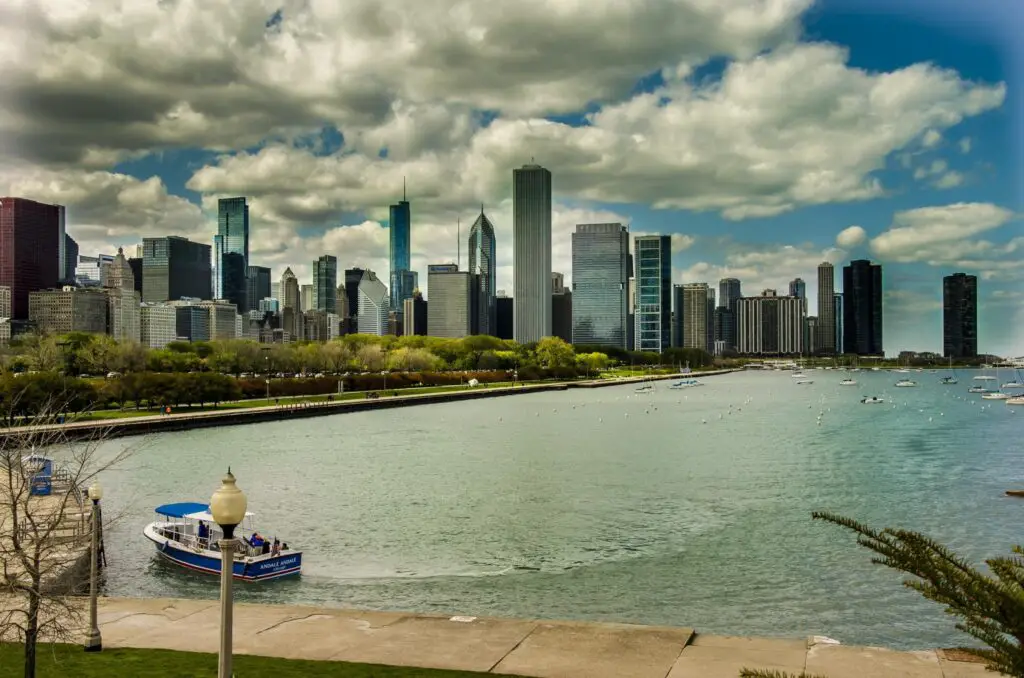
Illinois has consistently had one of the highest foreclosure rates in the country, and the trend is worsening. High property taxes and economic uncertainty have made homeownership increasingly difficult for many residents. Cities like Chicago have seen an especially sharp rise in foreclosure filings. Many homeowners who refinanced during the pandemic at low rates are now struggling to pay their increased costs.
Job losses in key industries, including manufacturing and retail, have put additional pressure on homeowners. While the state does offer foreclosure prevention programs, they are often underfunded and difficult to access. Many residents are also facing rising utility costs, further straining household budgets. Without significant economic improvement, Illinois is likely to remain a foreclosure hotspot.
5. New York

New York’s foreclosure rates are climbing, particularly in areas outside of Manhattan. The state’s high cost of living and increased mortgage rates have made it difficult for many residents to keep up with payments. The expiration of pandemic-era protections has led to a wave of foreclosure filings. Homeowners in Long Island, Buffalo, and parts of upstate New York have been particularly affected.
Rising rental vacancies have also hurt small property owners who rely on rental income to pay their mortgages. Many landlords are facing financial distress, leading to a surge in foreclosure filings for multi-unit properties. Legal backlogs have delayed the process in some cases, but lenders are now moving forward with repossessions. If economic conditions do not improve, foreclosure rates in New York will continue to climb.
6. Georgia
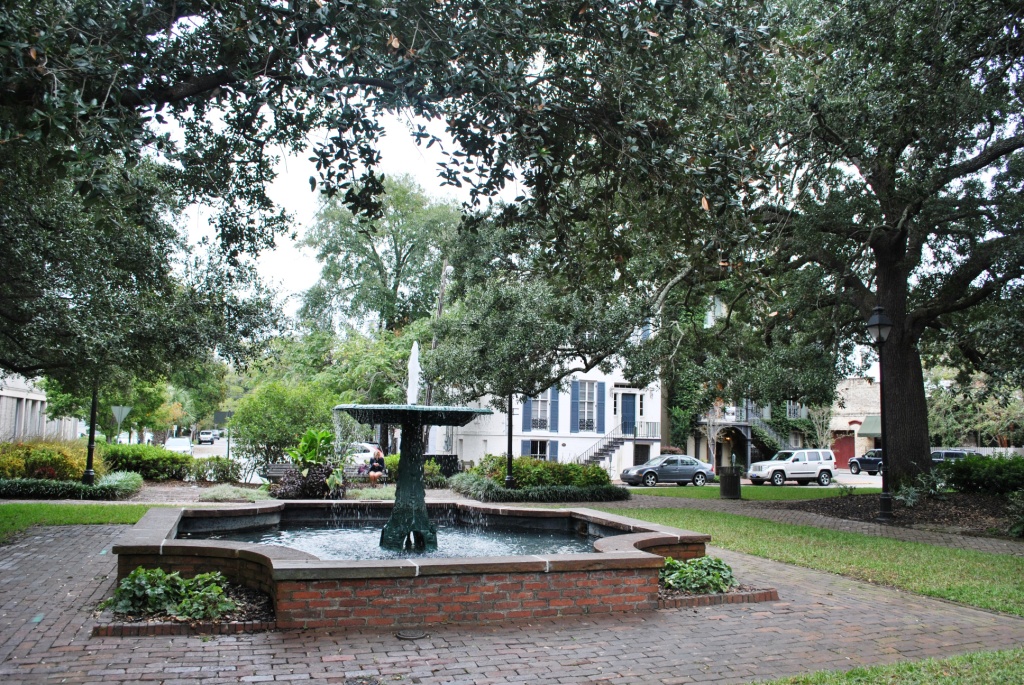
Georgia’s foreclosure rates have spiked as home affordability declines. Metro areas like Atlanta have seen a surge in property values, making it harder for homeowners to keep up with mortgage payments. Adjustable-rate mortgages have reset at higher interest rates, increasing monthly payments for many borrowers. As a result, more homeowners are falling behind, leading to an increase in foreclosures.
The state’s economy, heavily reliant on logistics and tourism, has also been impacted by recent economic slowdowns. Some homeowners are finding it difficult to refinance due to stricter lending requirements. While Georgia has some homeowner assistance programs, they do not cover everyone in need. Without intervention, foreclosure rates are expected to keep rising.
7. Nevada

Nevada’s housing market is experiencing a sharp increase in foreclosures, particularly in Las Vegas. The city’s tourism-based economy took a major hit during the pandemic, and many homeowners are still recovering. Rising mortgage rates have made it difficult for people to refinance their homes, leading to financial strain. Many homeowners who purchased at peak prices are now underwater on their mortgages.
Investors who bought homes to flip or rent short-term are also struggling as demand slows. The lack of wage growth in the state has made it harder for residents to keep up with rising housing costs. Some homeowners are turning to loan modifications, but approval rates remain low. If economic conditions do not improve, Nevada’s foreclosure crisis could become even more severe.
8. New Jersey

New Jersey has one of the highest foreclosure rates in the country, driven by high property taxes and cost-of-living increases. Many homeowners are struggling to keep up with mortgage payments, especially in suburban areas. Job losses in the pharmaceutical and financial sectors have contributed to the problem. As a result, foreclosure filings have risen sharply across the state.
A backlog in the court system has delayed some foreclosure proceedings, but cases are now moving forward rapidly. The expiration of foreclosure moratoriums has also led to an influx of new filings. Many homeowners are trying to sell their properties to avoid foreclosure, but high interest rates have slowed the market. Without financial relief, more New Jersey residents could lose their homes.
9. Pennsylvania
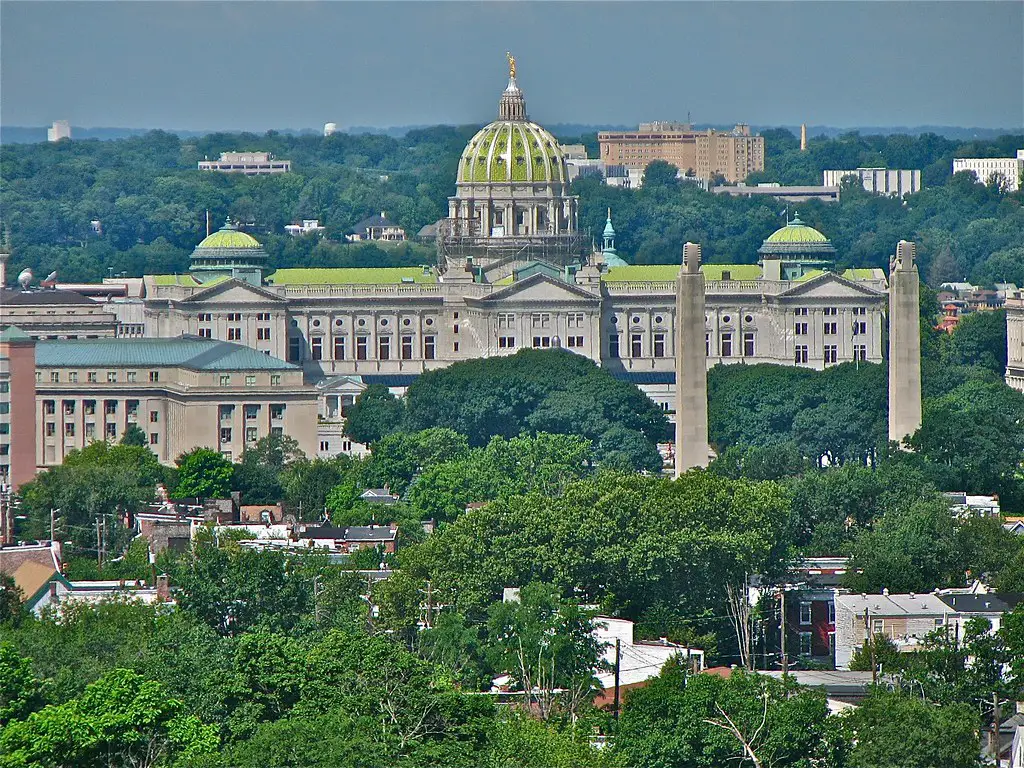
Pennsylvania is seeing an increase in foreclosures, particularly in cities like Philadelphia and Pittsburgh. Many homeowners who took advantage of pandemic-era forbearance programs are now struggling to resume payments. The combination of rising property taxes and stagnant wages has made it difficult for families to stay afloat. This has led to a wave of foreclosure filings across the state.
The manufacturing decline in Pennsylvania has also contributed to financial instability for many homeowners. Some residents are finding it difficult to qualify for refinancing due to stricter lending standards. State assistance programs exist but often have long wait times and limited funding. If economic conditions do not improve, the foreclosure rate is likely to continue rising.
10. Ohio
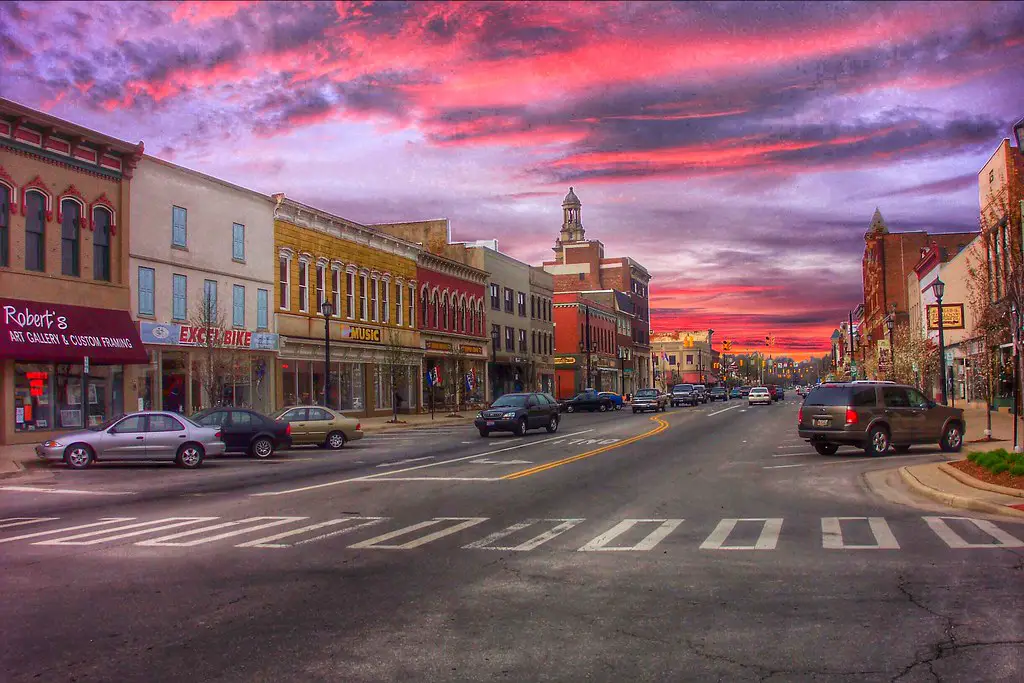
Ohio’s foreclosure rates have spiked due to economic hardships and rising mortgage costs. Cities like Cleveland and Columbus have been hit particularly hard. Many homeowners who bought during the low-interest period now face unaffordable monthly payments. Increased utility costs and property taxes have only added to the burden.
Ohio has some foreclosure prevention programs, but demand far exceeds available resources. Home prices in some areas have stagnated, making it difficult for struggling homeowners to sell. The state’s job market has also faced setbacks, leaving many without the means to keep up with housing costs. Unless economic conditions improve, foreclosure filings will likely continue to rise.
11. Michigan
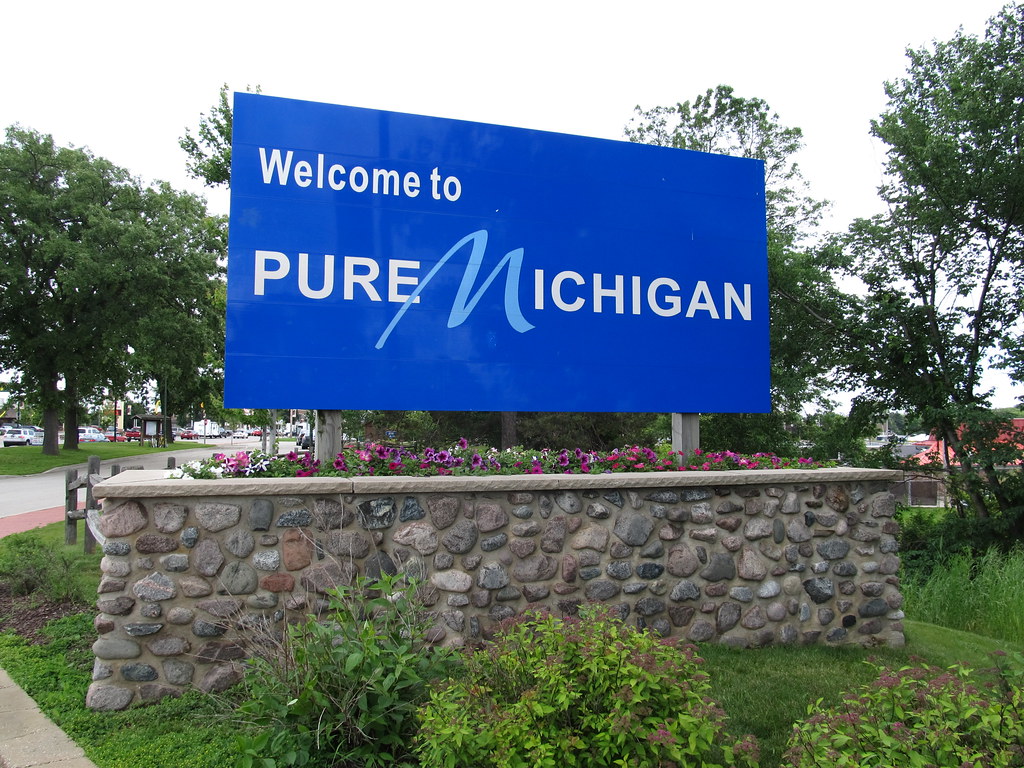
Michigan’s foreclosure rate has climbed due to rising interest rates and economic uncertainty. Many homeowners who refinanced at low rates are now struggling to cover rising costs. Cities like Detroit and Grand Rapids have seen particularly high foreclosure increases. Many job losses in the auto industry have added financial strain on homeowners.
Increased property tax assessments have also made homeownership more expensive. Some homeowners are trying to sell their properties, but high interest rates have slowed the market. While Michigan offers foreclosure prevention programs, they are often underfunded. Without economic recovery, foreclosure rates in the state will likely continue their upward trend.
